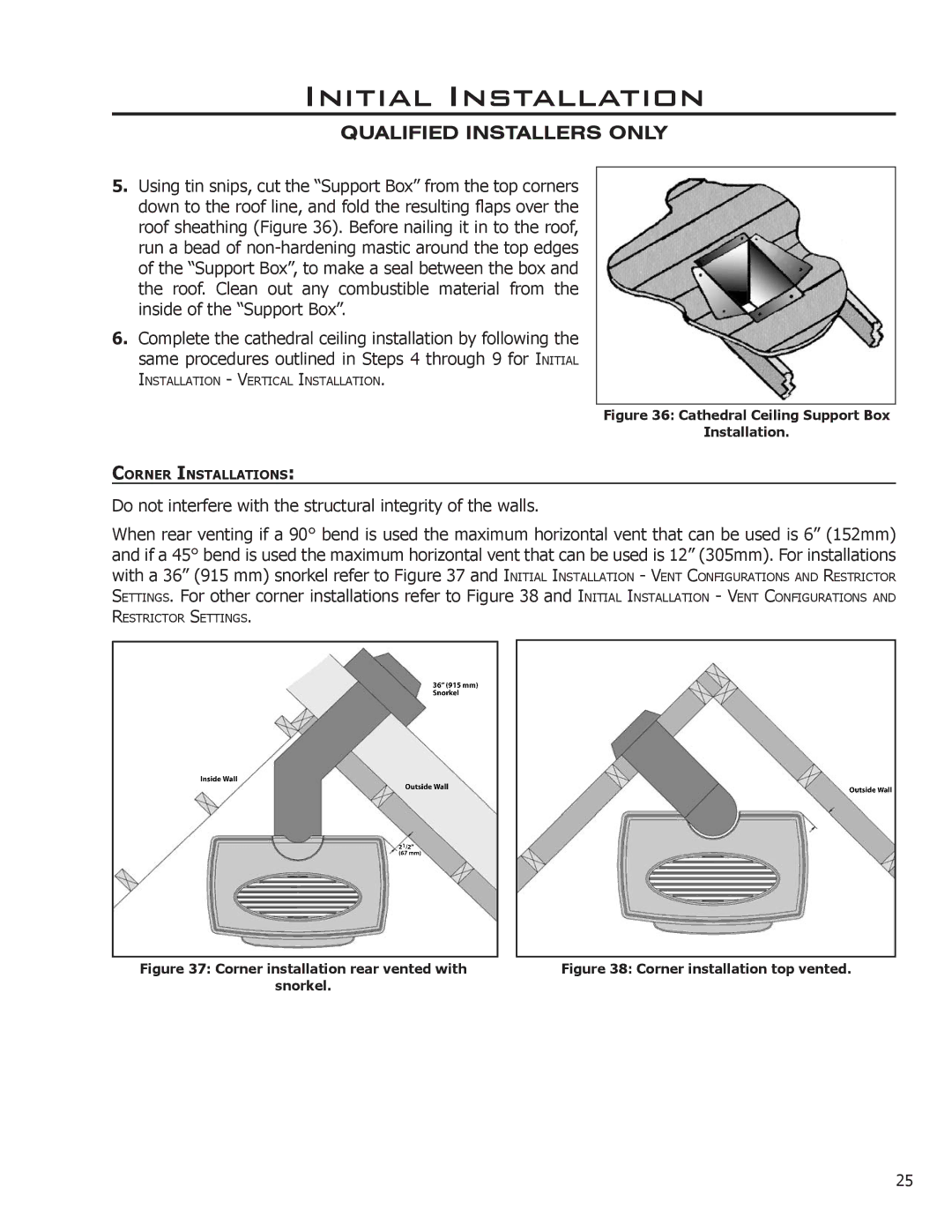50-1033 specifications
The Enviro 50-1033 is an innovative, environmentally-friendly vehicle designed to meet the growing demand for sustainable transportation solutions. As a part of the advanced Enviro series, the 50-1033 stands out due to its blend of efficiency, performance, and eco-conscious features.One of the defining characteristics of the Enviro 50-1033 is its low-emission engine technology. The vehicle is equipped with a state-of-the-art diesel engine that adheres to stringent emission standards, significantly reducing pollutants compared to traditional models. This feature not only lessens the environmental footprint but also contributes to improved air quality in urban settings.
Additionally, the Enviro 50-1033 incorporates advanced fuel efficiency technologies, making it an economical choice for fleet operators. With a focus on maximizing fuel economy without compromising performance, this vehicle is designed to deliver cost savings over its lifecycle. The engine employs a combination of turbocharging and high-pressure fuel injection systems, which enhances combustion efficiency and maximizes power output while minimizing fuel consumption.
The vehicle’s design is another noteworthy aspect. Built with lightweight materials and aerodynamics that reduce drag, the Enviro 50-1033 enhances overall performance and maneuverability. The spacious interior is designed to accommodate a larger number of passengers without sacrificing comfort. Ergonomically designed seating and high-quality materials create an inviting atmosphere for both drivers and passengers.
Safety features are a top priority in the Enviro 50-1033. The vehicle is equipped with advanced driver assistance systems, including anti-lock braking systems, traction control, and electronic stability control. These technologies work together to enhance vehicle safety, providing peace of mind for operators and passengers alike.
The Enviro 50-1033 also offers modular design options, allowing customization to meet the specific needs of various transportation services. Whether for public transport, private hire, or shuttle services, the flexibility of the Enviro 50-1033 ensures that it can adapt to diverse operational demands.
In conclusion, the Enviro 50-1033 is a remarkable vehicle that embodies the future of sustainable transportation. With its cutting-edge technologies, eco-friendly features, and commitment to safety and comfort, it represents a significant step forward in the quest for greener urban mobility solutions. As cities globally embrace the transition to cleaner transportation options, the Enviro 50-1033 is well-positioned to play a vital role in shaping the future of public transport.

